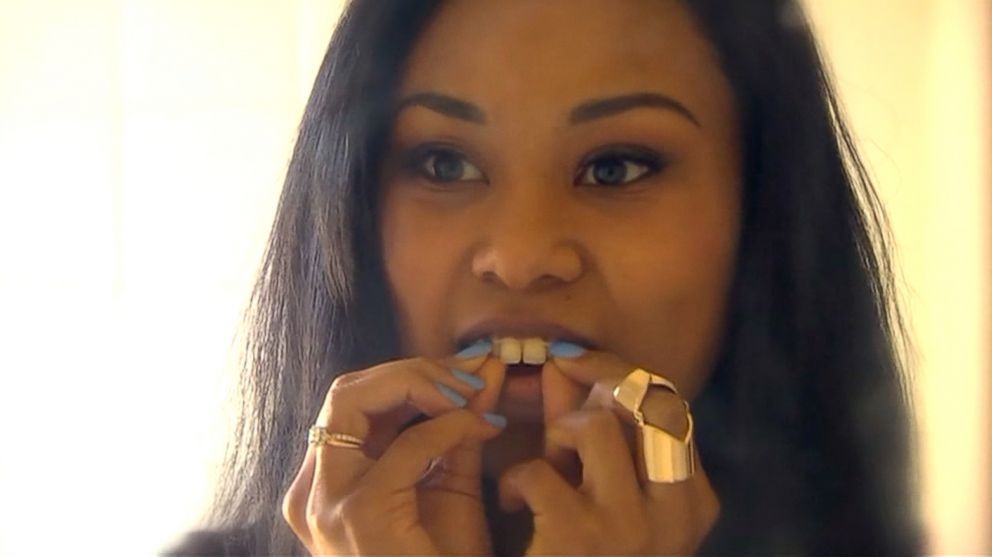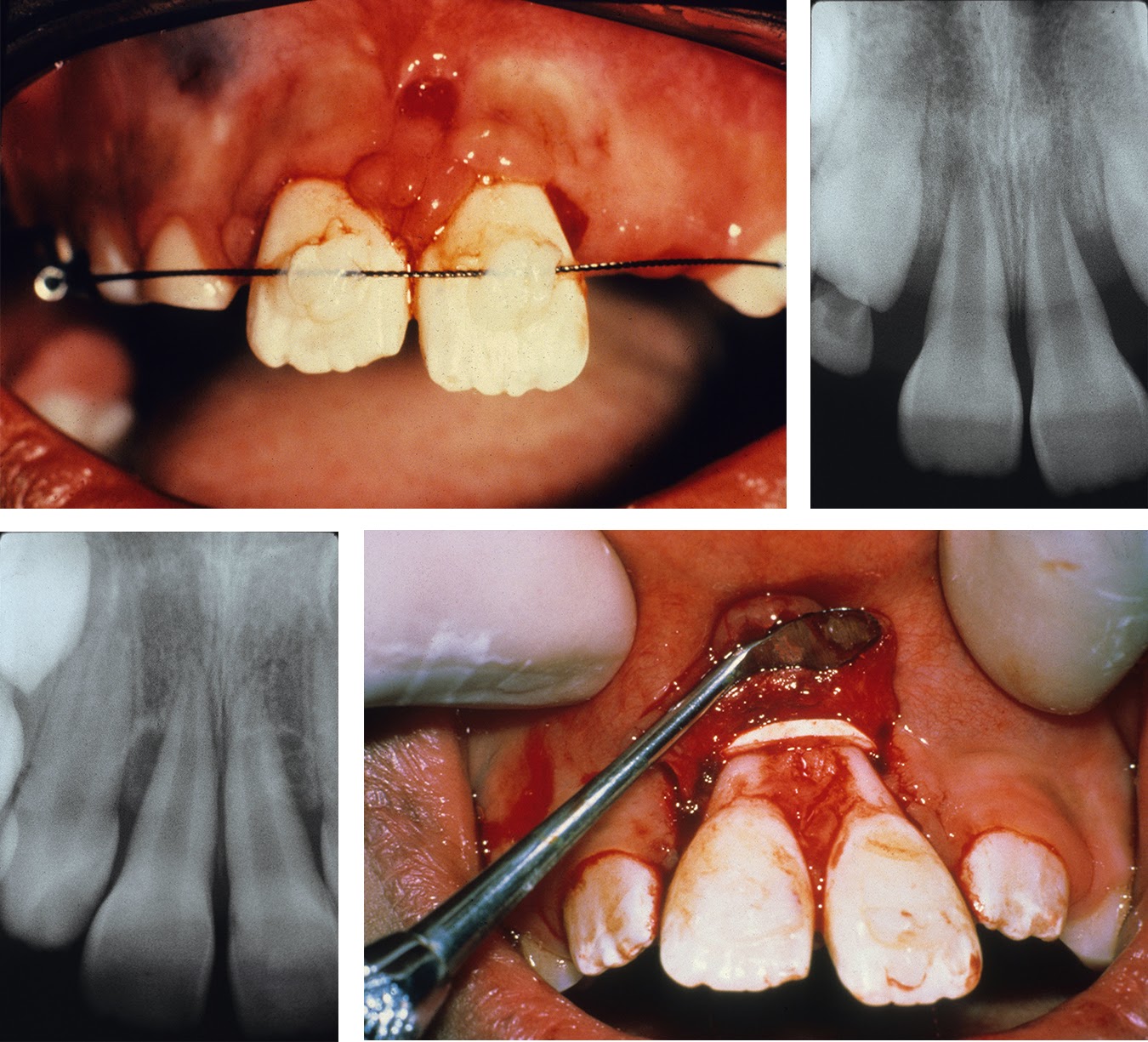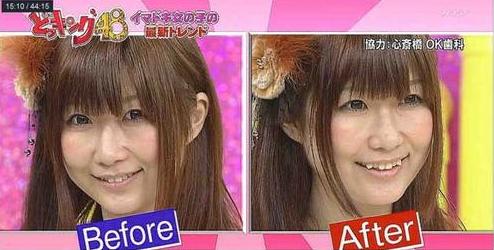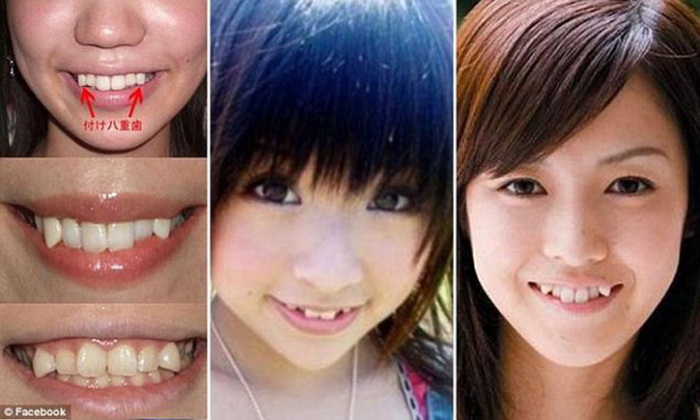Over the last couple of years, “Do It Yourself” or DIY has taken on a whole new life. The popularity of sites like Pinterest and YouTube have given instructions for people to create everything from DIY home decorations and recipes to home repairs and design inspiration. The DIY pins and videos that are most often shared make a complex task seem effortless, like anyone can do it.
While I’m all for more cabinet space or The Best Chocolate Layer Cake Ever Created, DIY can be a scary trend, especially when it comes to self-diagnosing or self-treating your health.
I recently read an article that was quite alarming. The topic was on DIY Orthodontics. No, that’s not a mistake – there are people who believe they can safely straighten their own teeth without oversight from an orthodontist. In the NYTimes.com article on DIY teeth straightening, they discuss a young vlogger who has tens of thousands of viewers watching her enthusiastically describe how to use elastic rubber bands to fix a gap in her teeth. A simple search on YouTube shows many others who are filming their DIY teeth straightening journey.

Not only is this dangerous, but DIY teeth straightening can do much more harm than good.
An orthodontist creates a unique treatment plan around your individual set of teeth, strategically placing braces for tooth movement in a structured and biologically sensible method. This allows each tooth the necessary room to move, creating a straight, beautiful, and healthy smile. This typically involves several different motions and force levels, moving certain teeth into different places to allow other teeth to move correctly.
Gap Bands
The use of rubber bands to close a gap, move teeth, or correct bite issues can instead create unintended consequences such as loose teeth, gum infections or oral disease – all things braces are intended to prevent!
The American Association of Orthodontists recently issued a consumer alert, warning of “a substantial risk for irreparable damage” from the new trend, stating that the dangerous practice can cause unwanted movement in teeth and irreversible damage. The rubber bands can work their way below the gums and around the roots of the teeth, causing damage to the gums and even resulting in teeth falling out. The cost of implants to replace the damaged teeth would well exceed the cost of proper orthodontic care. In the photo below you can see how gap bands can be detrimental to the soft tissue of your gums and can create severe problems.

Other Trends in Teeth Alignment
In addition to self-straightening, other trends popping up across the globe include altering perfectly normal smiles to bring out imperfections. In Japan, the trend of “snaggleteeth” has emerged, where young girls are paying to have their canine teeth turned into ‘fangs’. The idea behind the trend is that it creates an ‘impish, cute’ look that preserves their youth.

These trends are counter-intuitive to the health of your teeth. Intentionally crowding teeth or creating protrusions in your mouth creates crevices that can harbor bacteria, and if ignored can lead to gum disease, cavities, and other harmful effects that proper orthodontic care can help reduce. At the end of the day, beauty is subjective, and I’m not here to criticize one’s personal opinions and preferences. However, everyone should be aware of the possible health side effects from decisions like these.

Have you heard of any other DIY teeth trends?
As for DIY projects, I recommend we stick to recipes and home improvement tips, leaving health care to trained professionals.
As always, our office provides free consultations and we are happy to discuss these or any other trends you see during that consultation. We have options from Invisalign, a clear retainer-based system, to lingual braces, which mount behind the teeth, both of which provide an ‘invisible’ process for straightening your teeth and achieving your best smile. For more information, please contact our office via phone or through our contact form.
